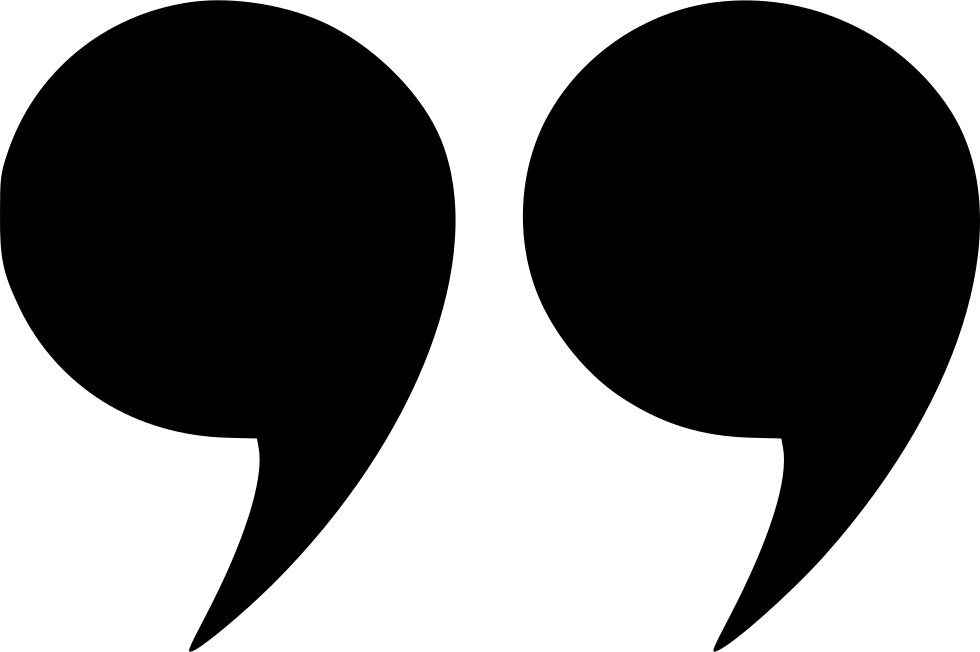Commanoun
(typography) The punctuation mark ⟨,⟩ used to indicate a set off parts of a sentence or between elements of a list.
Commanoun
A similar-looking subscript diacritical mark.
Commanoun
A European and North American butterfly, Polygonia c-album, of the family Nymphalidae.
Commanoun
(music) a difference in the calculation of nearly identical intervals by different ways.
Commanoun
(genetics) A delimiting marker between items in a genetic sequence.
Commanoun
In Ancient Greek rhetoric, a short clause, something less than a colon, originally denoted by comma marks. In antiquity it was defined as a combination of words having no more than eight syllables in all. It was later applied to longer phrases, e.g. the Johannine comma.
Commanoun
(figurative) A brief interval.
Commanoun
A character or point [,] marking the smallest divisions of a sentence, written or printed.
Commanoun
A small interval (the difference between a major and minor half step), seldom used except by tuners.
Commanoun
a punctuation mark (,) used to indicate the separation of elements within the grammatical structure of a sentence
Commanoun
anglewing butterfly with a comma-shaped mark on the underside of each hind wing
Comma
The comma , is a punctuation mark that appears in several variants in different languages. It has the same shape as an apostrophe or single closing quotation mark (’) in many typefaces, but it differs from them in being placed on the baseline of the text.
Apostrophenoun
(orthography) The text character ’, which serves as a punctuation mark in various languages and as a diacritical mark in certain rare contexts.
Apostrophenoun
(rhetoric) A sudden exclamatory piece of dialogue addressed to someone or something, especially absent.
Apostrophenoun
A figure of speech by which the orator or writer suddenly breaks off from the previous method of his discourse, and addresses, in the second person, some person or thing, absent or present; as, Milton's apostrophe to Light at the beginning of the third book of "Paradise Lost."
Apostrophenoun
The contraction of a word by the omission of a letter or letters, which omission is marked by the character ['] placed where the letter or letters would have been; as, call'd for called.
Apostrophenoun
The mark ['] used to denote that a word is contracted (as in ne'er for never, can't for can not), and as a sign of the possessive, singular and plural; as, a boy's hat, boys' hats. In the latter use it originally marked the omission of the letter e.
Apostrophenoun
address to an absent or imaginary person
Apostrophenoun
the mark (') used to indicate the omission of one or more letters from a printed word
Apostrophe
The apostrophe (' or ’) is a punctuation mark, and sometimes a diacritical mark, in languages that use the Latin alphabet and some other alphabets. In English, it is used for four purposes: The marking of the omission of one or more letters, e.g.



